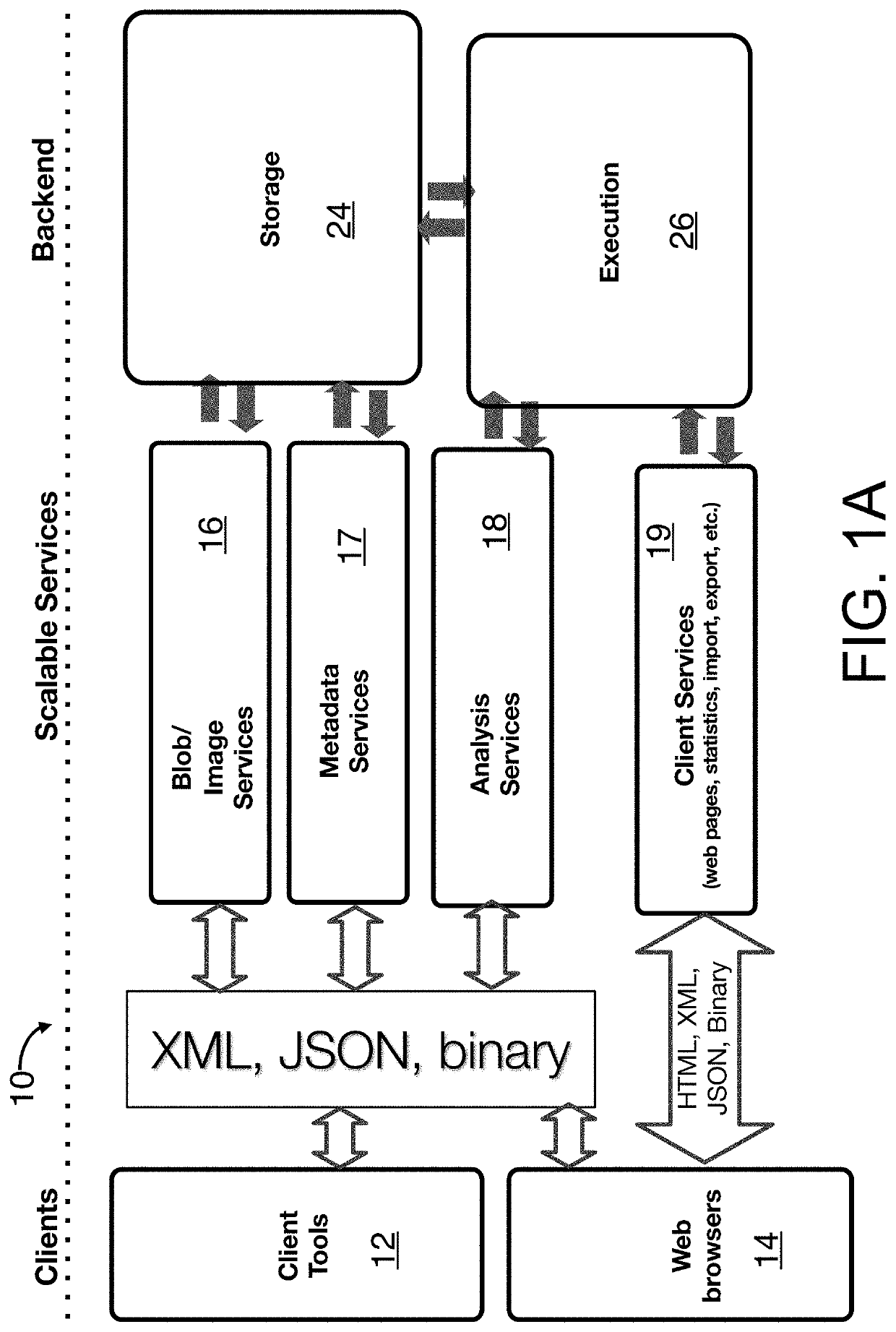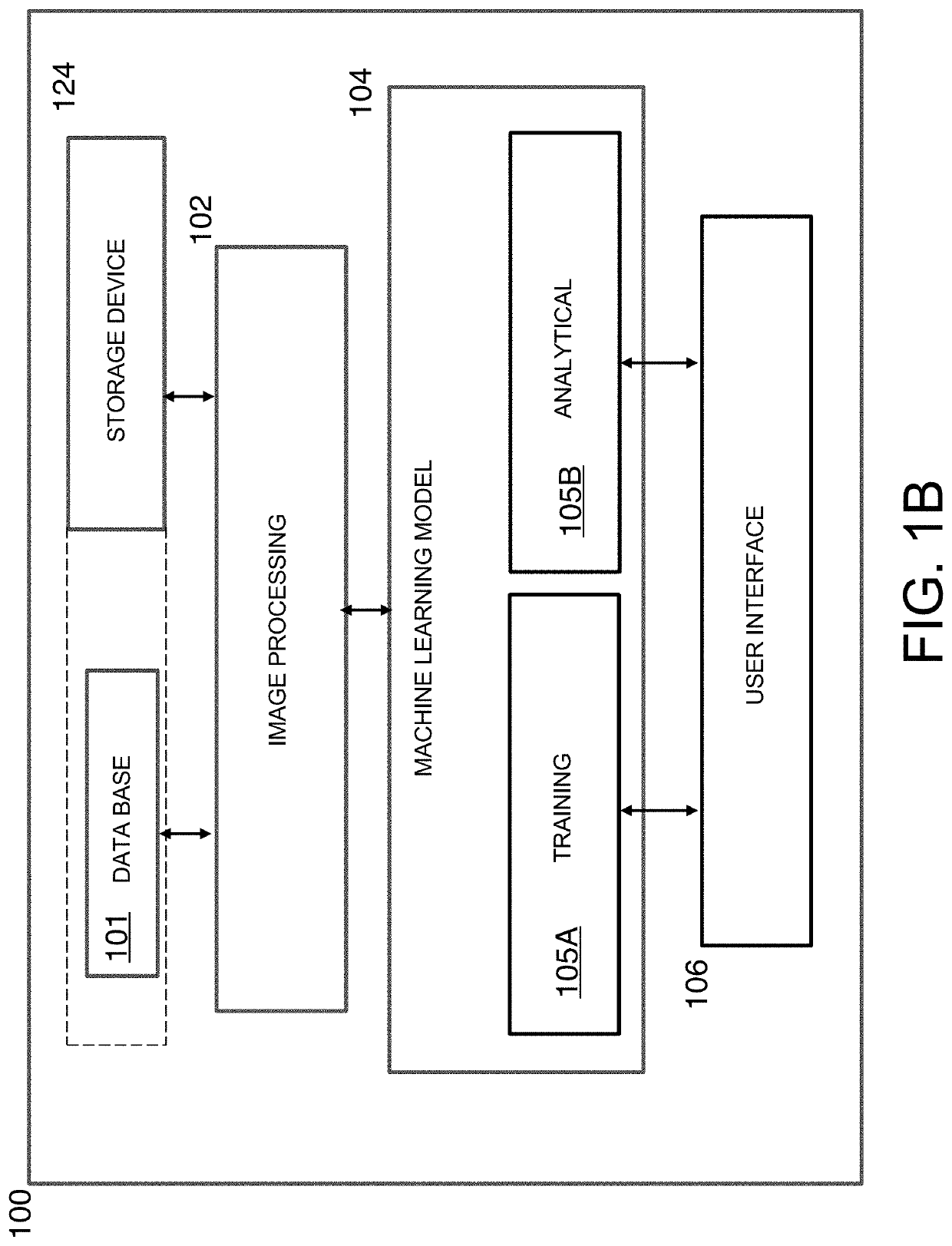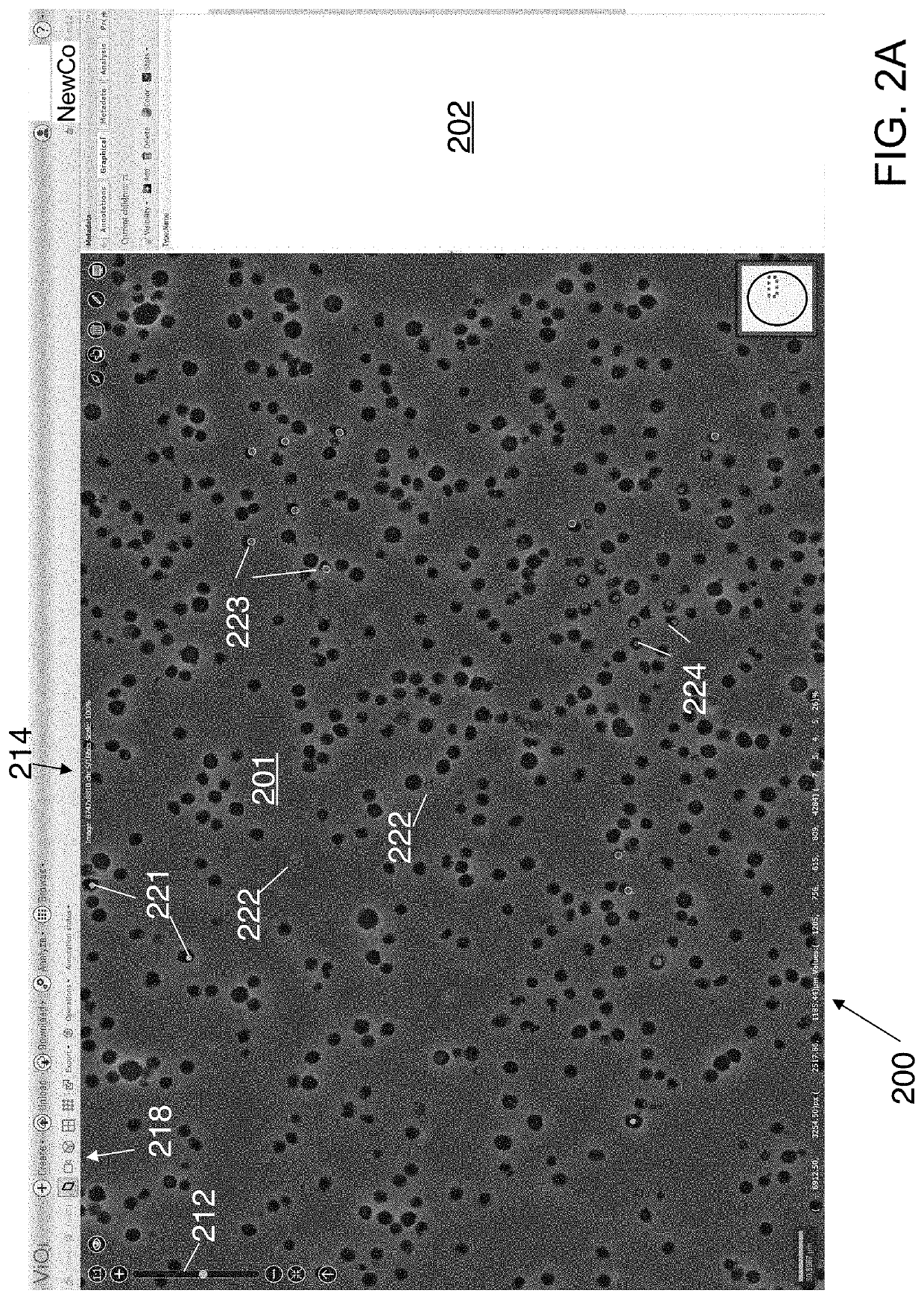Machine learning for early detection of cellular morphological changes
a cellular morphological and machine learning technology, applied in the field of machine learning for early detection of cellular morphological changes, can solve problems such as difficult observation of changes over an extended period of time in biological cells
- Summary
- Abstract
- Description
- Claims
- Application Information
AI Technical Summary
Benefits of technology
Problems solved by technology
Method used
Image
Examples
Embodiment Construction
[0022]Infectious disease will likely always be around us. The ability to react quickly to novel virus mutations is key to handling dangerous outbreaks and protecting vulnerable populations. For example, experts have warned that as with influenza, we can expect more outbreaks of the COVID-19 virus due to seasonal variations. Therefore, rapid and accurate identification of viral infections are critical to our future.
[0023]The disclosed embodiments can speed the development of vaccines and antivirals, gene therapy vectors, and oncolytic viral therapies using machine learning to develop a rapid automated infectivity assay based on identifying virus-infected cells in brightfield microscopy within hours of infection. Machine learning can detect cell morphologies associated with virus infection even when they cannot be detected by human observers. The disclosed embodiments do not rely on detecting cell death after multiple rounds of infection like in traditional plaque or TCID50 assays, in...
PUM
 Login to View More
Login to View More Abstract
Description
Claims
Application Information
 Login to View More
Login to View More - R&D
- Intellectual Property
- Life Sciences
- Materials
- Tech Scout
- Unparalleled Data Quality
- Higher Quality Content
- 60% Fewer Hallucinations
Browse by: Latest US Patents, China's latest patents, Technical Efficacy Thesaurus, Application Domain, Technology Topic, Popular Technical Reports.
© 2025 PatSnap. All rights reserved.Legal|Privacy policy|Modern Slavery Act Transparency Statement|Sitemap|About US| Contact US: help@patsnap.com



